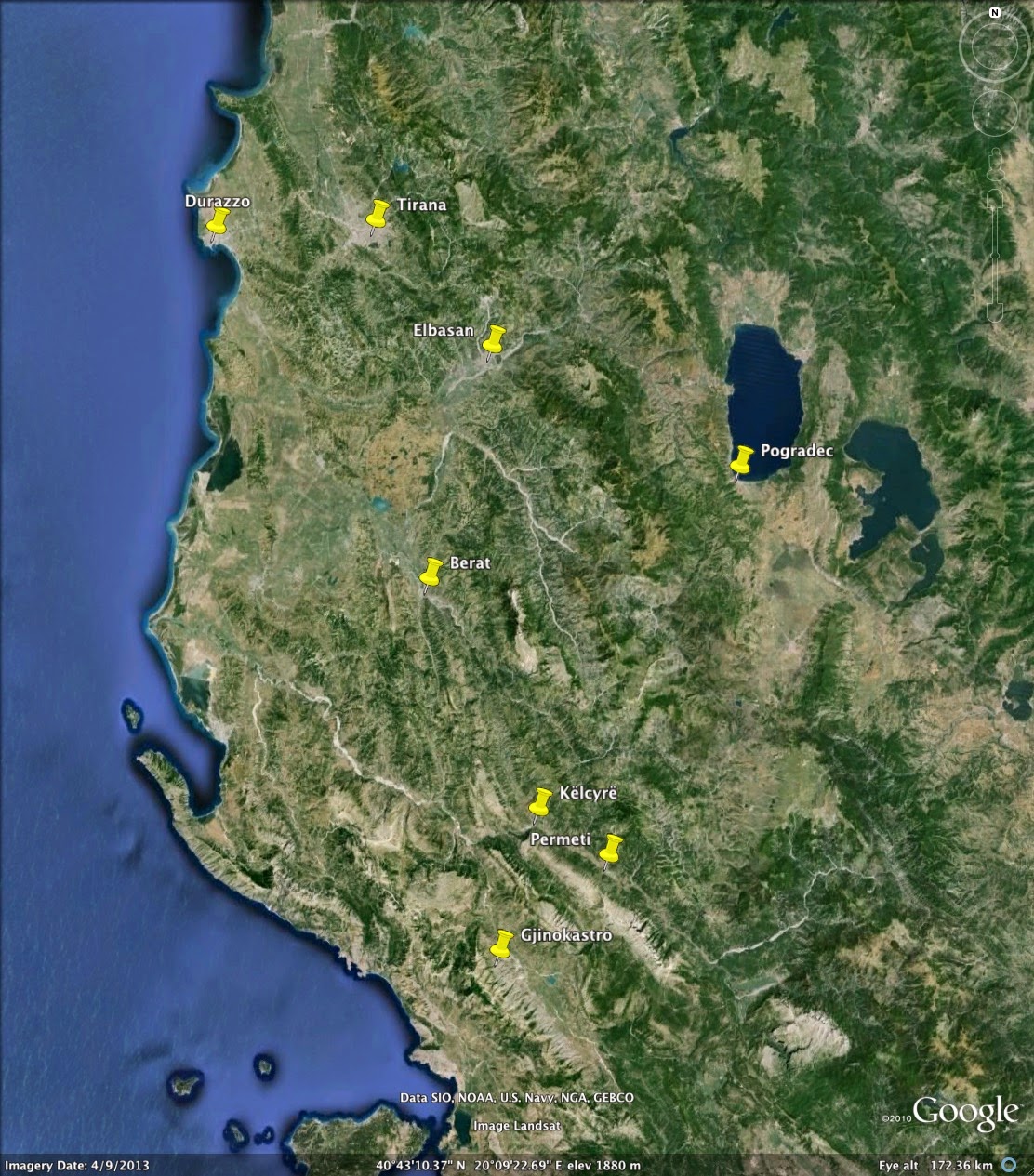Jan Gordon: Dazzle Camouflage in Nature and War
Following their Serbian adventure in the early part of the First World War, Jan and Cora Gordon returned to London, with Jan, after a spell at Rolls Royce in Derby, then working for the Royal Naval Reserve. Reading about the work of Jan Gordon and others during 1917 and 1918 on ship camouflage during the war, I remembered our pet cuttlefish Ramses. Ramses (Sepia pharaonis) showed remarkable abilities to change colour patterns and textures in order to blend with surroundings as can be seen in a series of videos and photos here. Note in particular the "motion dazzle" patterns. It was also a joy to watch these creatures in the wild in warm Omani waters.
Ramses is impersonating a patch of sand
Wild relatives in Marjan Bay. There is more communication than camouflage going on here.
This is the same couple as shown above.
Jan Gordon worked in Norman Wilkinson’s group of “about two dozen associate artists and art students” in a naval camouflage unit housed in basement studios at the Royal Academy of Arts. The group developed dazzle camouflage designs for ships in response to the devastating success of German U-boats during April 1917 when they sank nearly eight British ships a day. The Rhode Island School of design had an exhibition, "Bedazzled" on these designs in 2009. Some of the old photographs of ships painted in this way are astonishing. The effect of these designs reminds me of this group of zebras in the Serengeti (Photo taken in July 2010):
"Baffling on the eye", Serengeti 2010
Jan Gordon wrote an article, "The Art of Dazzle-Painting", on the dazzle designs in the December 12th 1918 edition of Land & Water. A collection of his paintings in UK galleries, mostly representing the First World War and many set on battleships or hospital ships, can be found here.
The book “Dazzled and deceived : mimicry and camouflage” by Peter Forbes gives an excellent account of camouflage in the natural world and the rivalries involved in developing artificial camouflage during the wars. “Discovered in the 1850s by the young English naturalists Henry Walter Bates and Alfred Russel Wallace in the Amazonian rainforest, the phenomenon of mimicry was seized upon as the first independent validation of Darwin's theory of natural selection. But mimicry and camouflage also created a huge impact outside the laboratory walls.”







Comments
Post a Comment